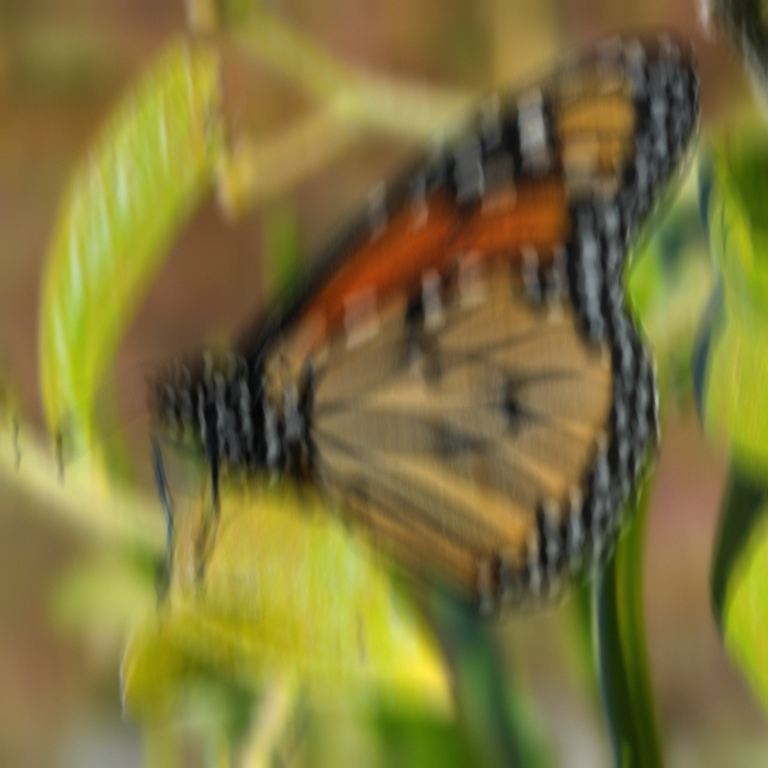











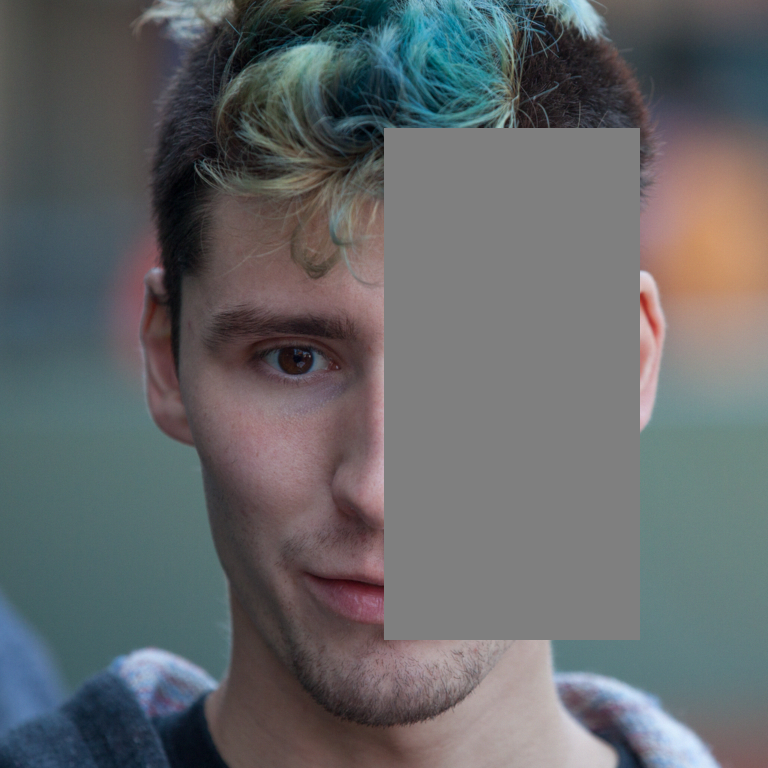
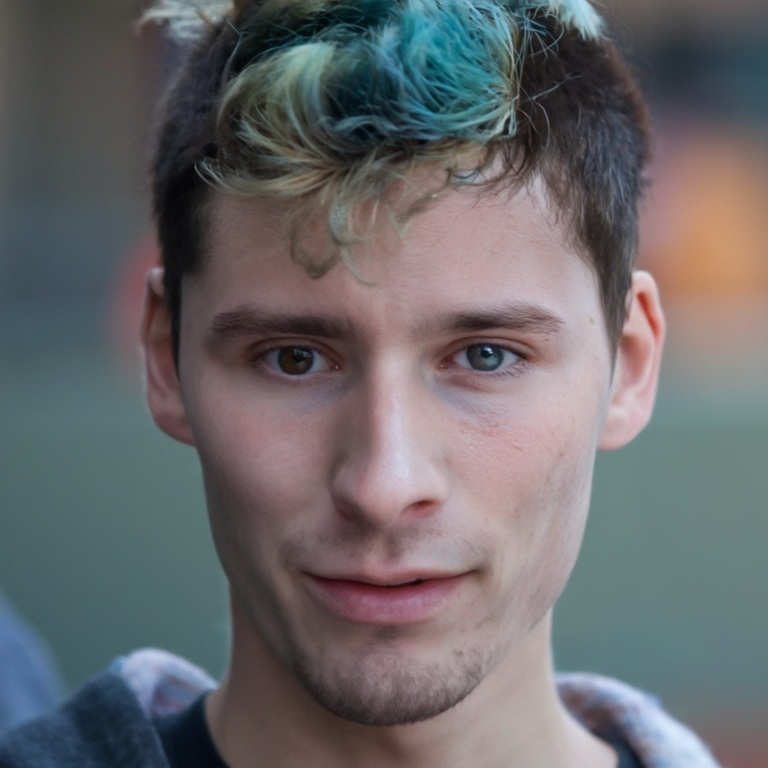
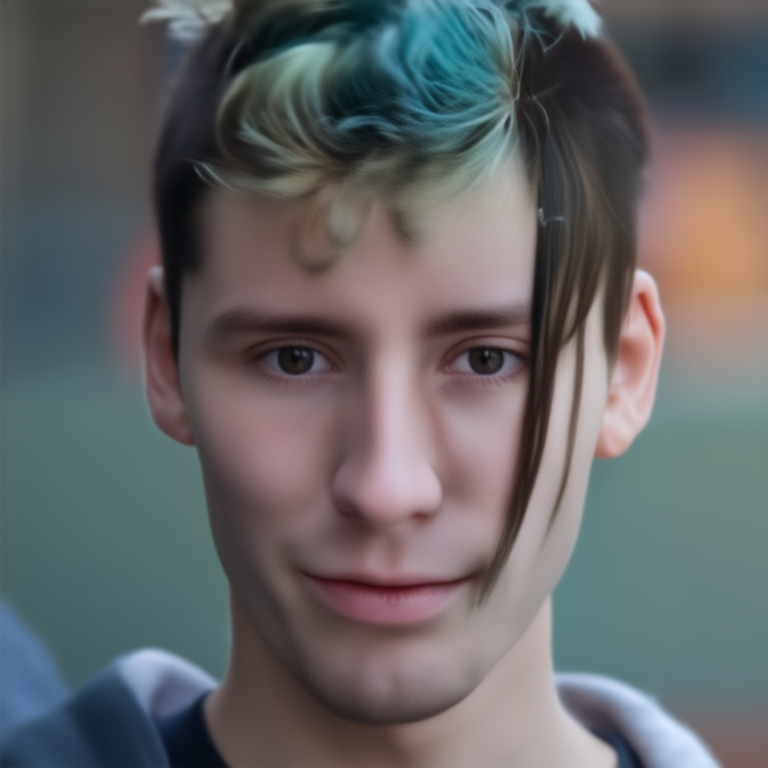

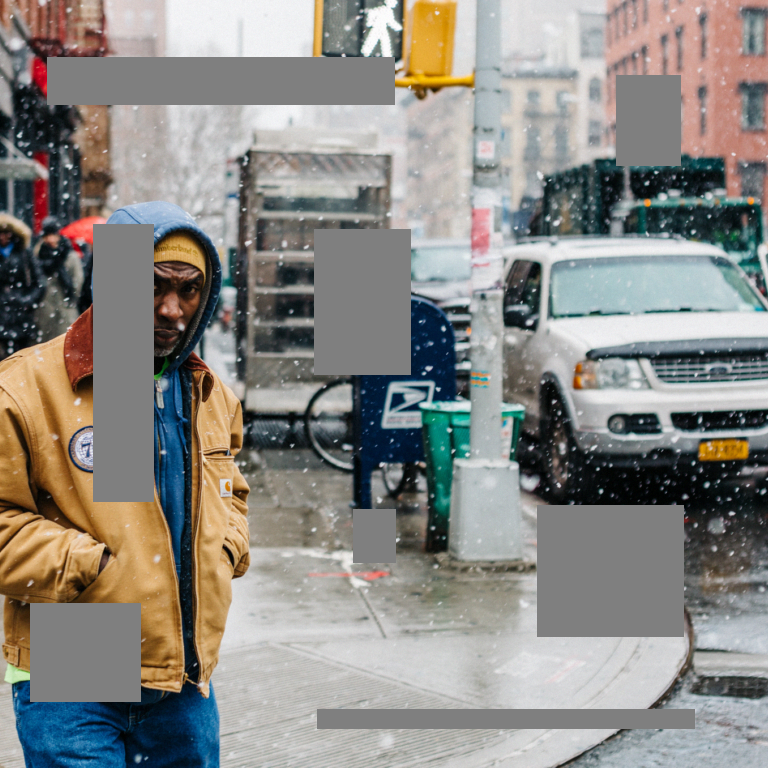



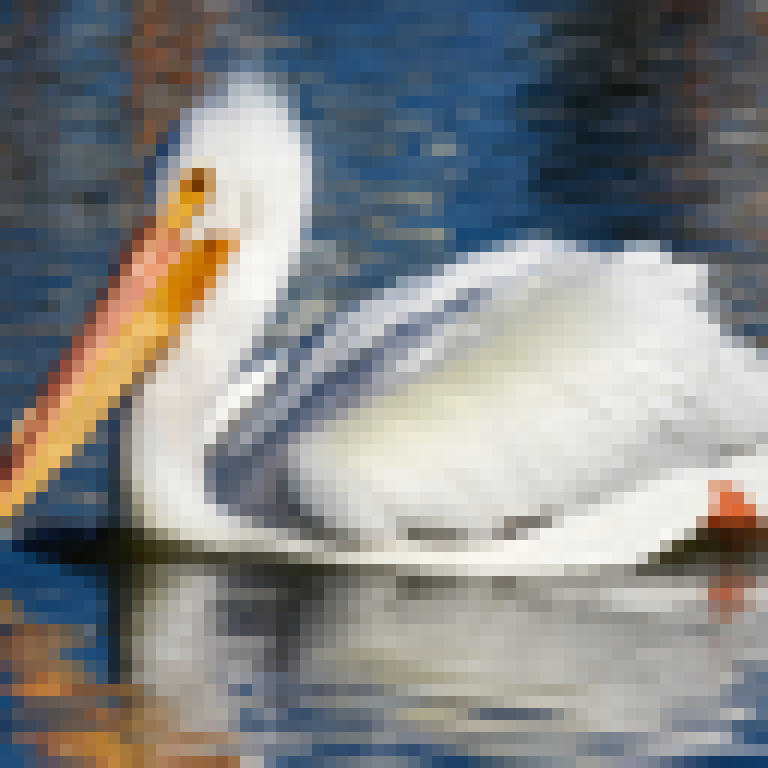

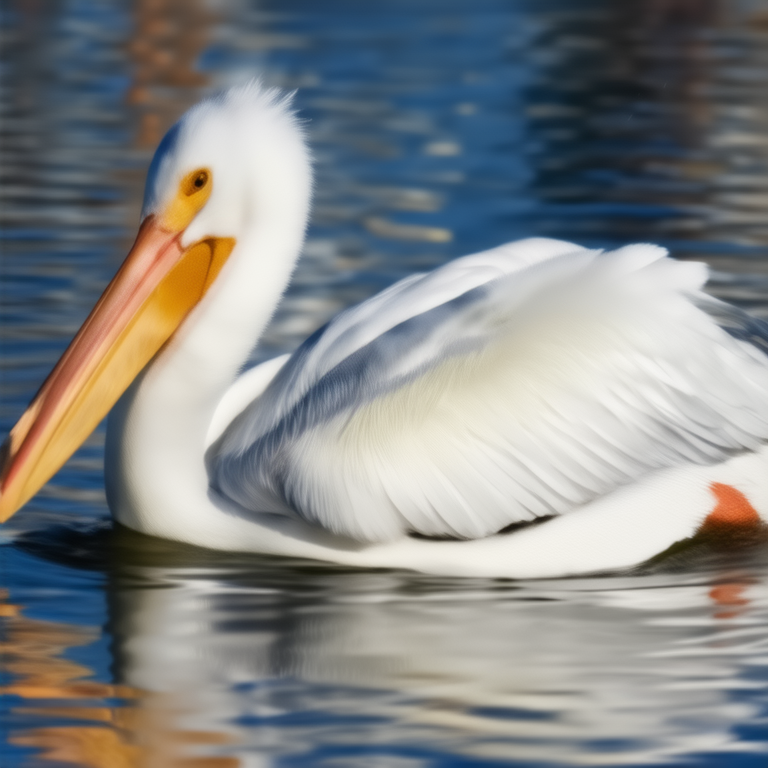





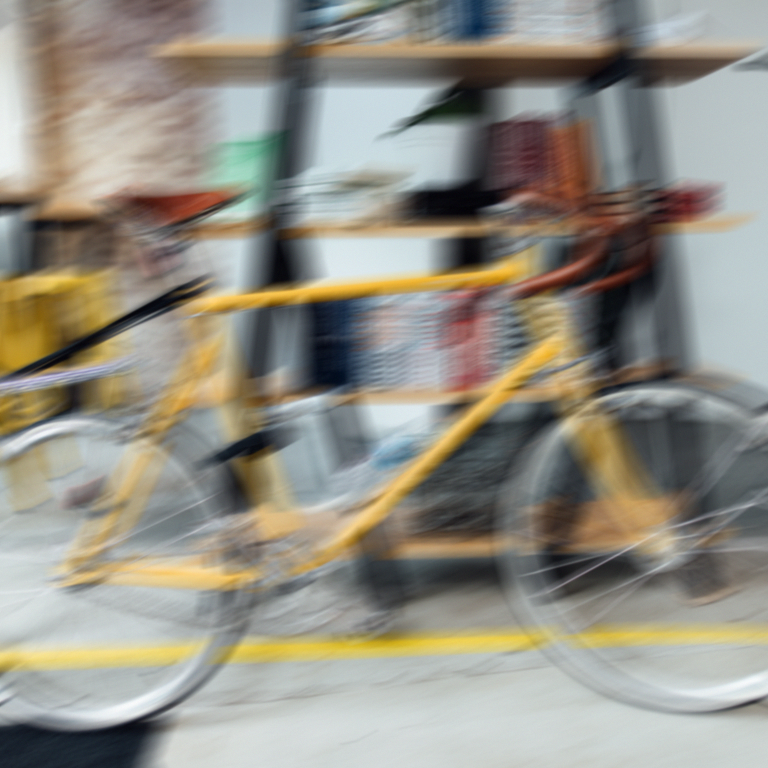
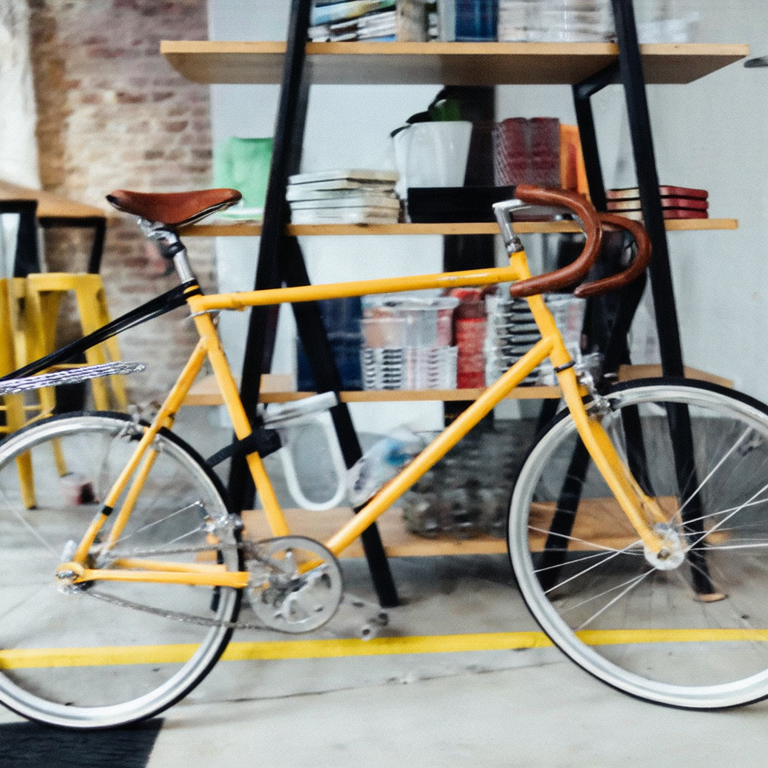


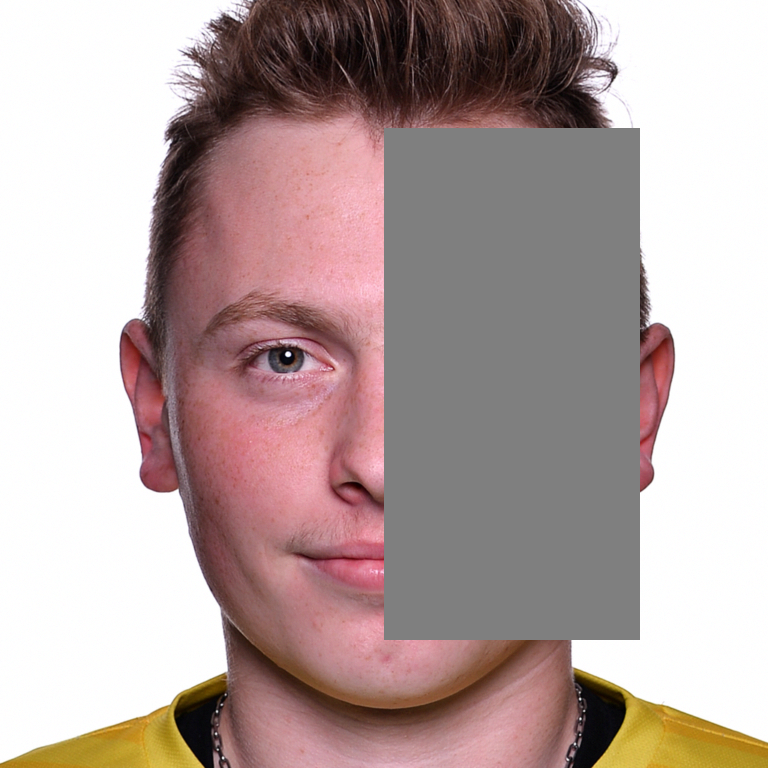

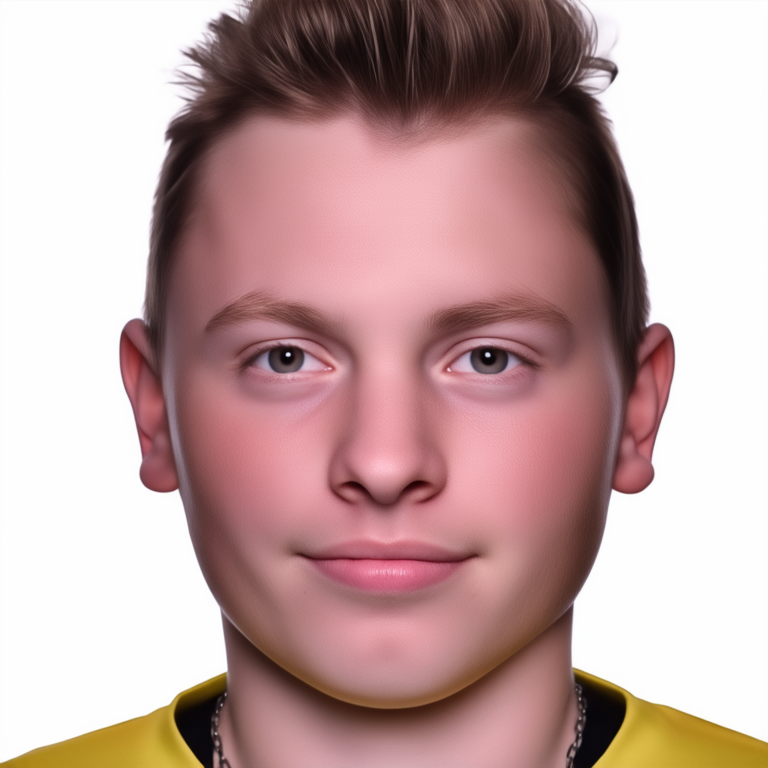


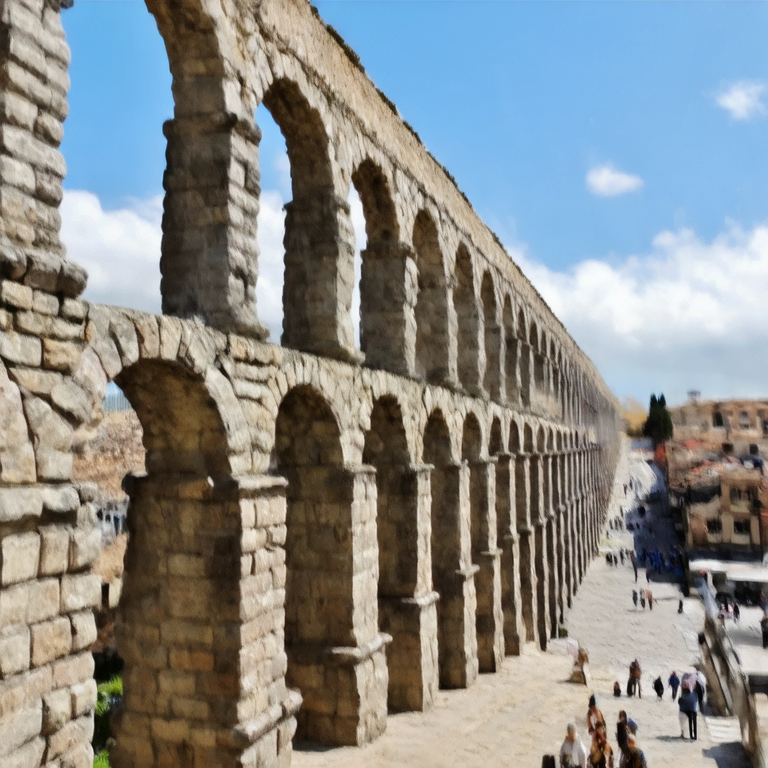
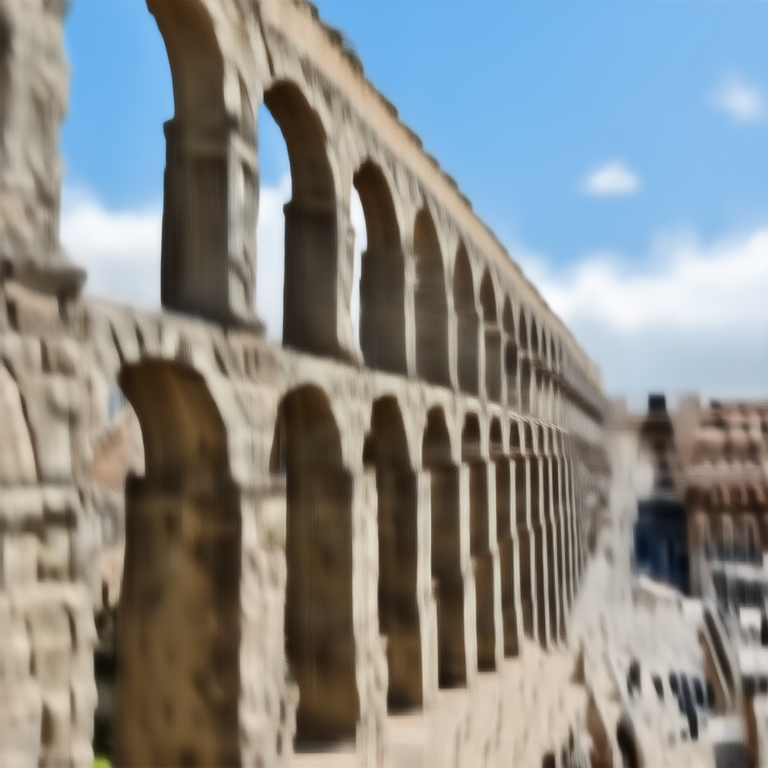





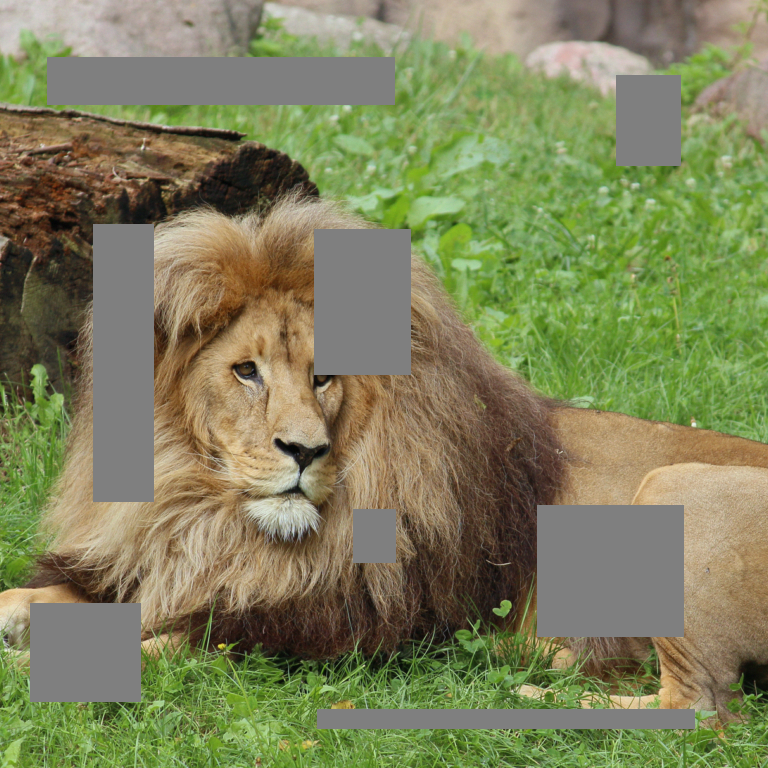
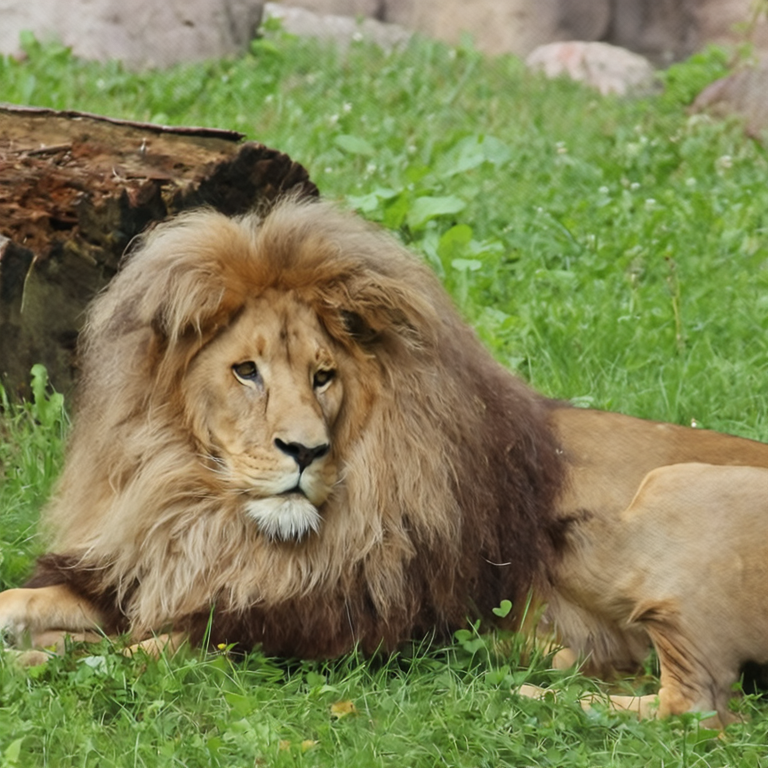




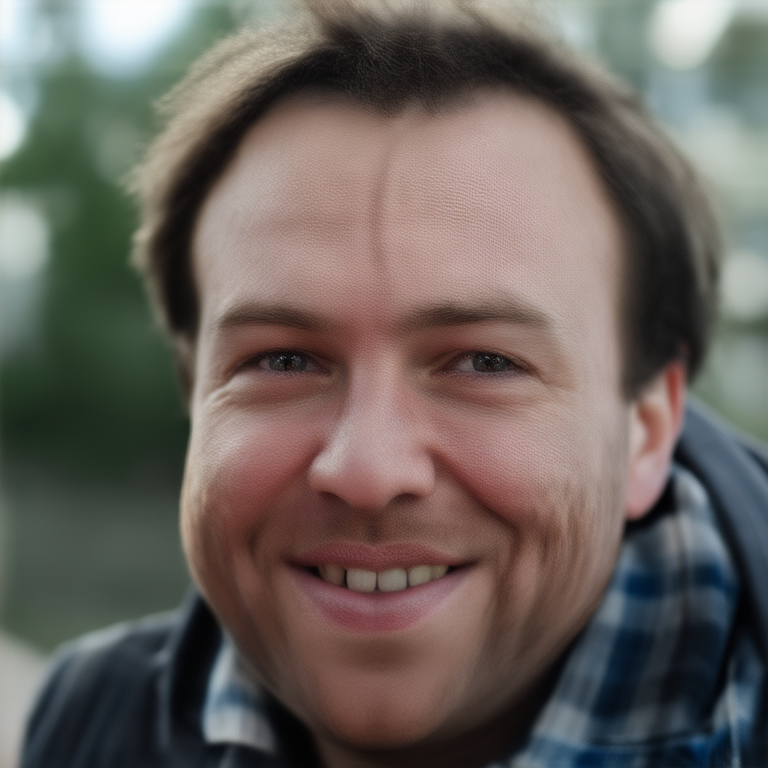

FLAIR introduces a variational sampling framework that replaces score-based regularization with a flow-matching objective based on a learned velocity field \( v_\theta(x_t, t) \). The objective minimizes \[ \mathbb{E}_{q(x_0|y)} \left[ \frac{\|y - f(\mu_x)\|^2}{2\sigma_\nu^2} \right] + \int_0^T \lambda_{\mathcal{R}}(t) \mathbb{E}_{q(x_t|y)} \left[ \|v_\theta(x_t, t) - u_t(x_t | \epsilon)\|^2 \right] dt, \] where \( q(x_t|y) = \mathcal{N}((1 - t)\mu_x, t^2 I) \) and \( u_t \) defines the posterior velocity field. To mitigate low prior density issues in under-conditioned settings, FLAIR introduces a trajectory adjustment (DTA) by reparameterizing the variational distribution to interpolate between the posterior mean and a velocity-predicted starting point: \[ q(x_t|y) = \mathcal{N}\left((1 - t)\mu_x + t\alpha \hat{x}_1,\; t^2(1 - \alpha^2) I\right). \] ,effectively guiding the sample toward its expected location on the learned manifold. Additionally, FLAIR enforces hard data consistency (HDC) via an explicit likelihood term and calibrates the regularizer with timestep-dependent weights \( \lambda_{\mathcal{R}}(t) \) (CRW) reflecting the model's accuracy
Our experiments clearly demonstrate that FLAIR outperforms existing flow-based approaches in terms of all perceptual metrics, as can be seen in the Table below.
In addition to image restoration, our method demonstrates strong performance in text-based image editing, simply by providing appropriate target prompts during inpainting. Edited images shown alongside original, with prompts: "A high resolution portrait of a..."
If our work contributed to your research, a citation would be greatly appreciated:
@article{erbach2025solvinginverseproblemsflair,
title={Solving Inverse Problems with FLAIR},
author={Julius Erbach and Dominik Narnhofer and Andreas Dombos and Bernt Schiele and Jan Eric Lenssen and Konrad Schindler},
year={2025},
eprint={2506.02680},
archivePrefix={arXiv},
primaryClass={cs.CV},
url={https://arxiv.org/abs/2506.02680},
}